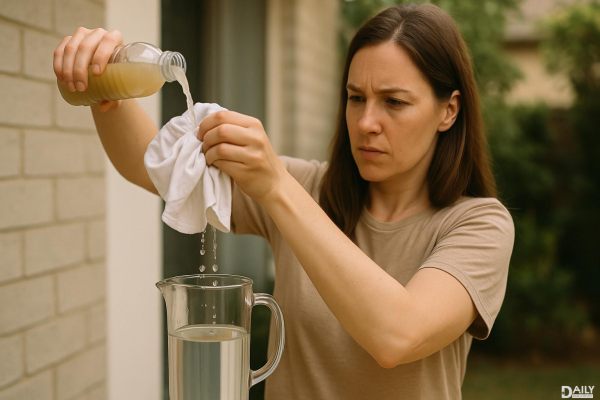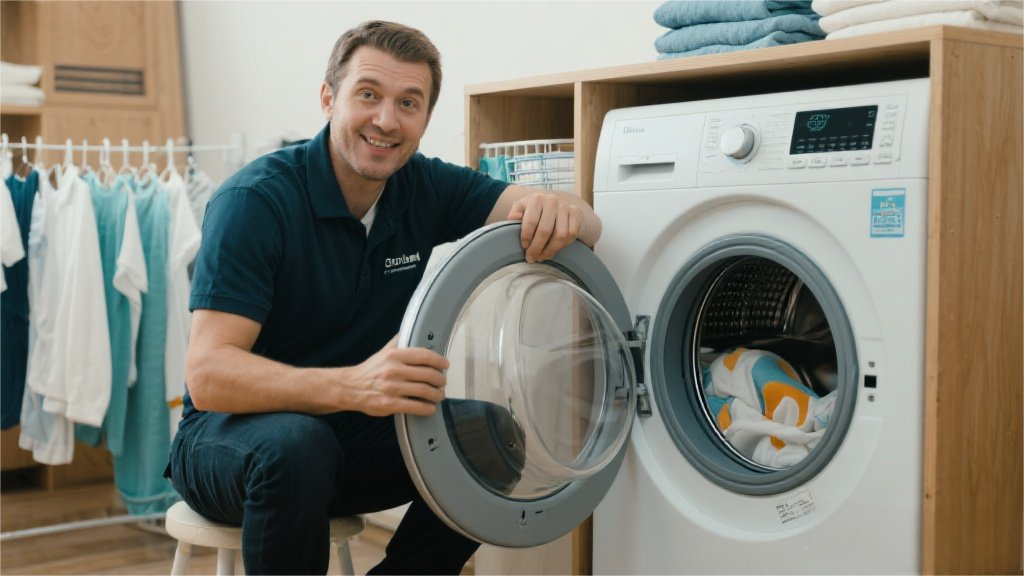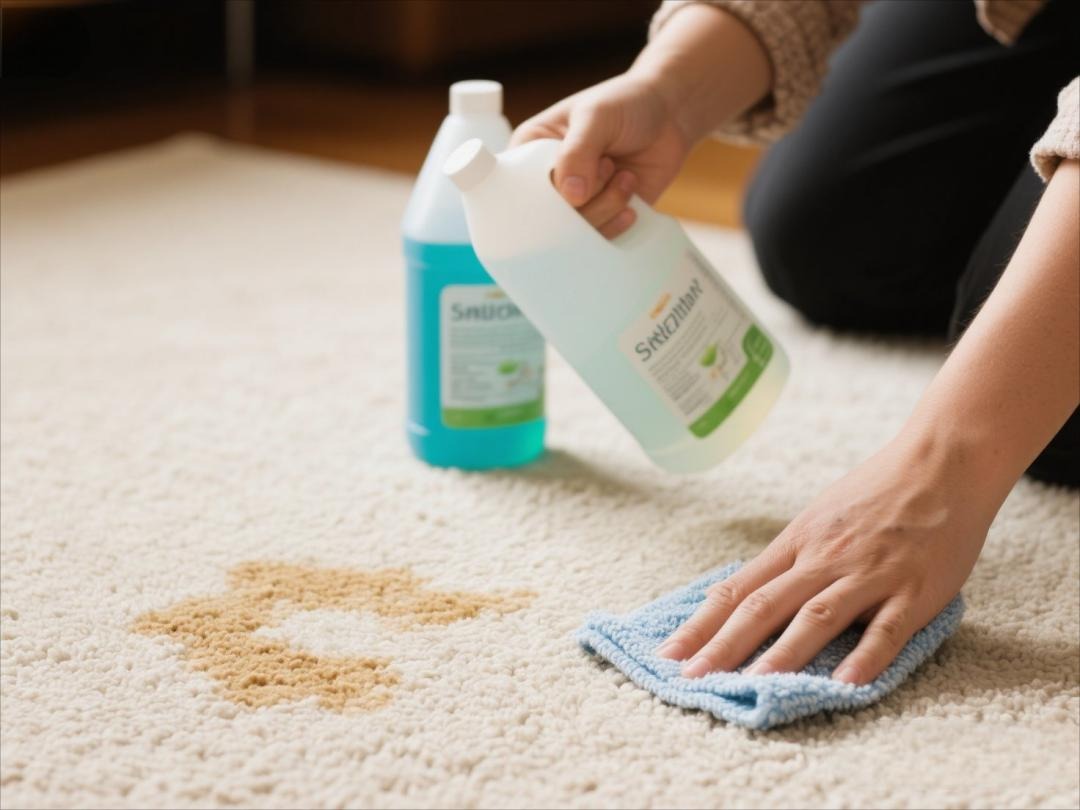Can a simple t-shirt really filter your water? The short answer is—sort of. While your favorite band tee isn’t about to replace a high-tech filtration system anytime soon, certain fabrics, when used correctly, can actually help remove some nasties from water in a pinch. Think of it as the MacGyver of survival hacks—not perfect, but better than nothing when you're stuck in a bind.

Believe it or not, the idea of using cloth to filter water isn’t new. People have been doing it for centuries, especially in regions where clean water is hard to come by. The basic principle is simple: fabric acts as a physical barrier, trapping larger particles like sediment, debris, and even some microorganisms. A tightly woven cotton t-shirt, for example, can catch dirt, sand, and even some bacteria—though it won’t do much against viruses or chemicals. Studies have shown that multiple layers of fabric can improve filtration, but don’t expect lab-grade purity. It’s more about reducing the "ick factor" than achieving bottled-water quality.
Let’s get real—your gym shirt isn’t a magic wand. A cotton t-shirt can trap visible gunk like mud, leaves, or even some parasites (looking at you, Giardia). But here’s the catch: it won’t touch dissolved pollutants like heavy metals, pesticides, or viruses. That’s because these contaminants are too small to get caught in the fabric’s weave. So, while a t-shirt might save you from swallowing a mouthful of pond scum, it won’t protect you from invisible threats. If you’re dealing with questionable water sources, pairing fabric filtration with boiling or chemical treatment is your best bet.
If you’re in a survival situation and need to improvise, here’s how to make it work: First, cut a sleeve or a section of the shirt, then layer it at least four times to create a denser filter. Secure it over a container (a rubber band or shoelace works in a pinch) and pour water slowly through it. The slower the pour, the better the filtration. For extra credit, you can pre-filter with sand or charcoal to catch smaller particles. Just remember—this isn’t a long-term solution. It’s a "better-than-nothing" move when your options are limited.
Listen, if you’re backpacking through the backcountry or prepping for emergencies, invest in a proper water filter or purification tablets. A t-shirt might buy you time, but it’s not a substitute for reliable gear. And if you’re dealing with water that’s visibly contaminated (think chemical spills or floodwater), don’t even bother—fabric won’t cut it. In those cases, your priority should be finding a safer source or waiting for help.
So, can a t-shirt filter your water? Technically, yes—but with major caveats. It’s a clever trick for roughing it, not a cure-all. If you’re ever in doubt, remember the golden rule: when in doubt, boil it out (or pack a real filter).
























